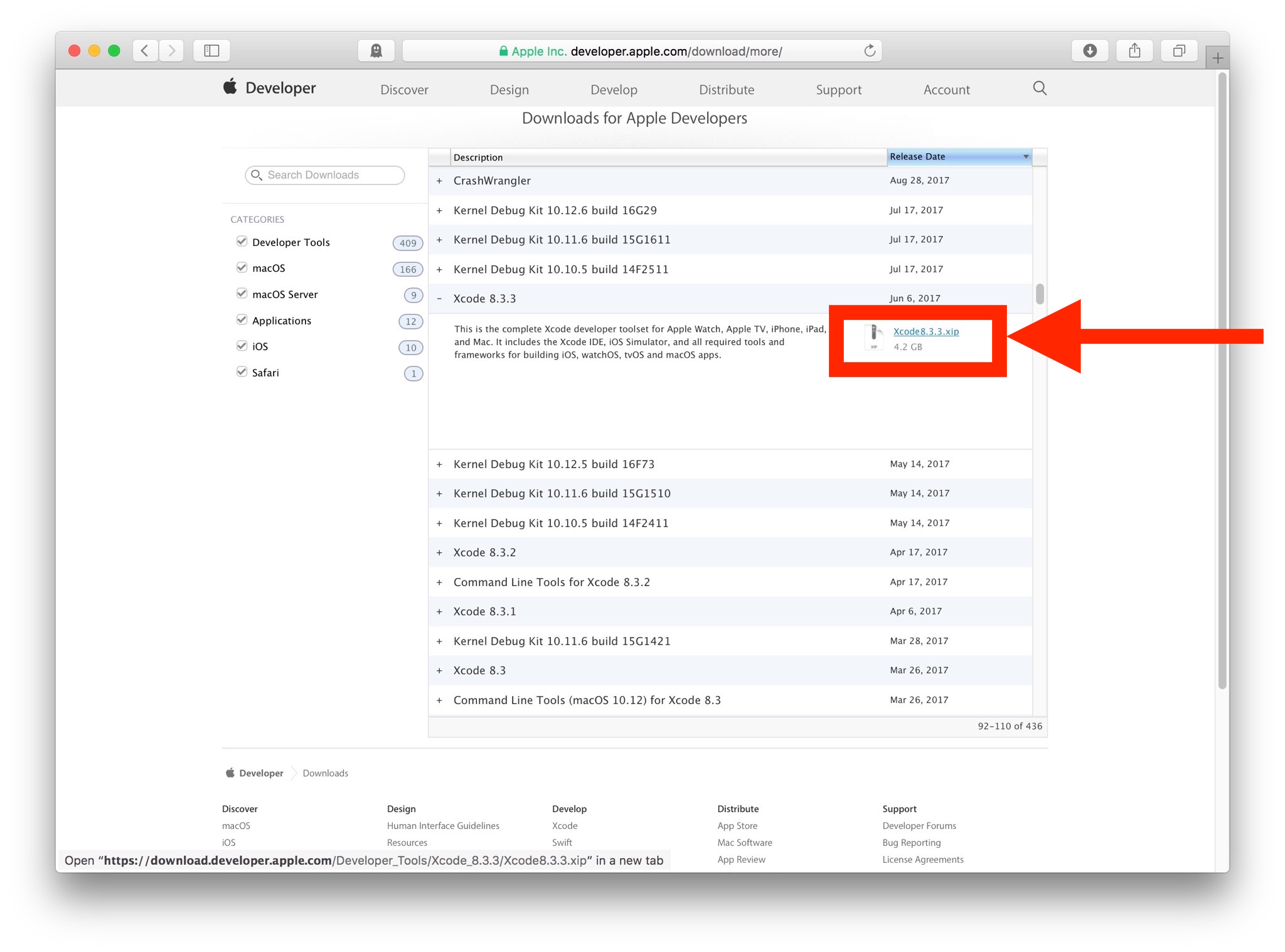

This afternoon workshop will give attendees an understanding of how single cell technologies are used to study cancer. The instructor will present a set of exercises to work through during the lesson (a calculator will be needed). Part 4 will provide a brief review of the principles of epidemiology, outbreak investigations, implications in public health, key concepts and terms, and commonly used statistics in epidemiology (e.g., morbidity and mortality rates incidence and prevalence relative risk odds ratio sensitivity and specificity). You must register separately for each part of this class series.

During the class, time will be devoted to questions from attendees and references will be provided for in-depth self-study.Īlthough you may attend any part of this series by itself, attending all five parts will provide a more comprehensive review of important statistical and epidemiological considerations that build on each other. Part 3 will describe the basic concepts for using common statistical tests such as Chi-square, paired and two-sample t-tests, ANOVA, correlations, simple and multiple regression, logistic regression, and survival analysis.

This five-part lecture series will help participants better understand statistical and epidemiological features in biomedical research, interpret results and findings, design and prepare studies, and understand/critically review the results in published literature. In partnership with the NIH Clinical Center's Biostatistics and Clinical Epidemiology Service (BCES), the NIH Library is offering classes geared to cover general concepts behind statistics and epidemiology.


 0 kommentar(er)
0 kommentar(er)
